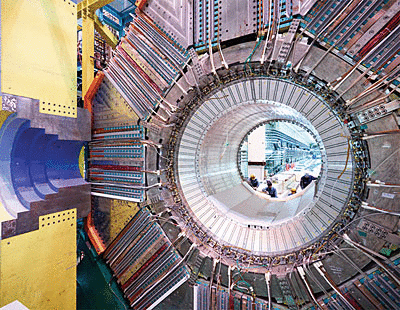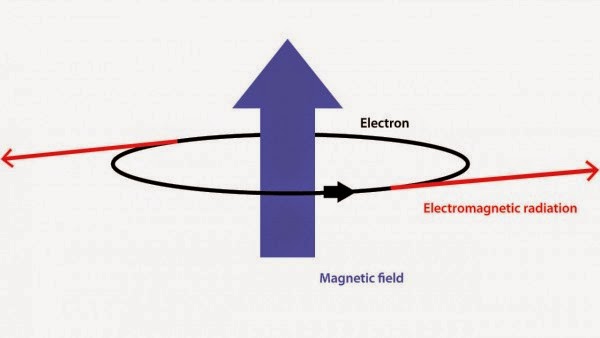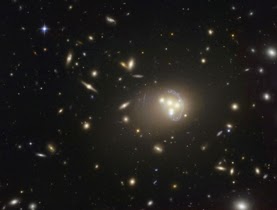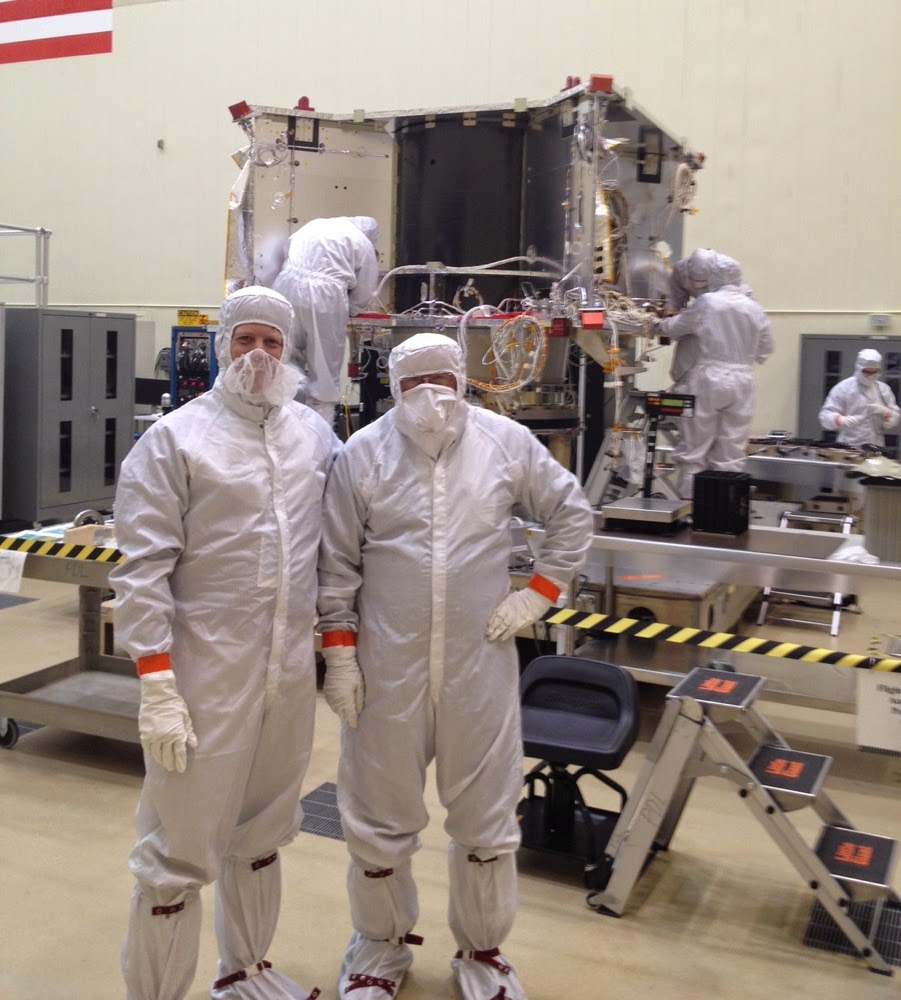The Belle II detector and the upgraded accelerator SuperKEKB make up Japan’s new B factory for studying flavor physics and CP violation. Following some delays, the accelerator is set to start up next January, and full data-taking will begin in 2018.
KEK
Citation: Phys. Today 68, 4, 18 (2015); http://dx.doi.org/10.1063/PT.3.2743
Topics: Fukushima Daiichi, Economy, Nuclear Physics, Nuclear Power, Research, Quantum Mechanics
Unfortunately, scientific advances costs money, along with the political will and cultivated, collective public vision to pursue it. This relates to something we're all subject to, lab and person alike: the cost of energy consumption. The National Ignition Facility or Lockheed's Skunk Works, if either or both are successful, could alleviate some concerns about power consumption of laboratories in general, and all of us in particular. If electrical power - used for heating and cooling homes and laboratories; directly related to the cost at the grocery store (the cost of the fuel truck is transferred to us by increasing prices), and the reason for "wars and rumors of wars": fossil fuels, could be generated by other means, then the human costs of commercial consumption of products and service; post-conflict warrior attrition - via death, PTSD and traumatic brain injury - would greatly decrease. We can only hope it's not opposed as vigorously as solar and renewable energy has been so far.
Getting the green light to restart accelerators and other large scientific facilities in Japan took up to three years following the earthquake, tsunami, and nuclear meltdown in eastern Japan on 11 March 2011. (See Physics Today, November 2011, page 20, and November 2013, page 20.) Now tight budgets, bloated electricity prices, and a sprinkling of mishaps threaten to cripple science at the country’s world-class facilities.
Before the triple disaster, about 30% of Japan’s power came from 54 nuclear plants. Since then, as plants have come up for routine maintenance, they’ve been turned off, and none has been turned back on, although a few have been approved to do so. For a while the country had a shortage of electricity. Now, other sources, mainly fossil fuels, have been arranged, but the costs have skyrocketed: Officials at KEK, Japan’s accelerator research institute, and at RIKEN and other science facilities report that the price of electricity has gone up by 30% or more. Electricity is a big chunk of their total operating costs, so they have been forced to reduce running times.
Masanori Yamauchi, the new KEK director, notes that SuperKEKB, the B factory set to start up this year, will consume twice as much power as its predecessor. And the price per kilowatt-hour has nearly doubled. “It has a serious impact to the running schedule of the new accelerator,” he says. Studying quantum mechanical phenomena requires collecting large statistics, he adds. “The power bill problem in Japan is very unfortunate for our physics program.”
Under Japanese law certain programs are largely shielded from the rising electricity costs. Those spared are SPring-8, the synchrotron light source; materials and life sciences neutron studies at the Japan Proton Accelerator Research Complex (J-PARC); and petascale computing in Kobe. Industry makes heavy use of them—about 20% in the case of SPring-8, for instance—whereas the affected facilities are used mainly by academic researchers.
Physics Today: Scientific facilities in Japan struggle on bare-bones schedules, Toni Feder




















